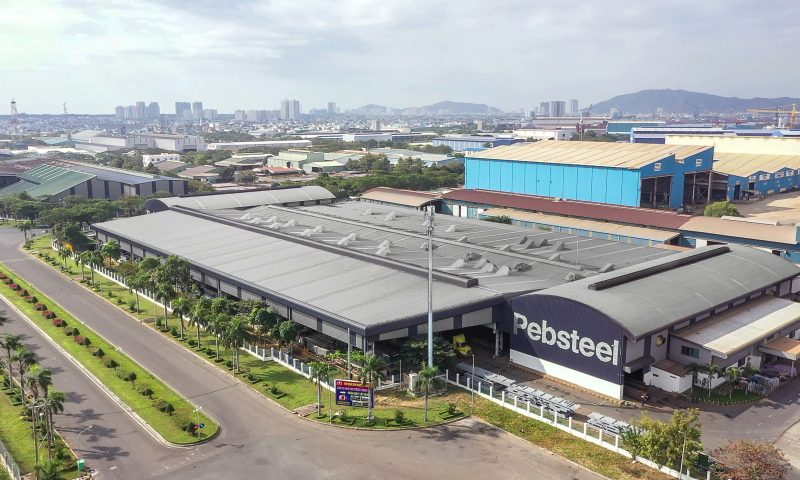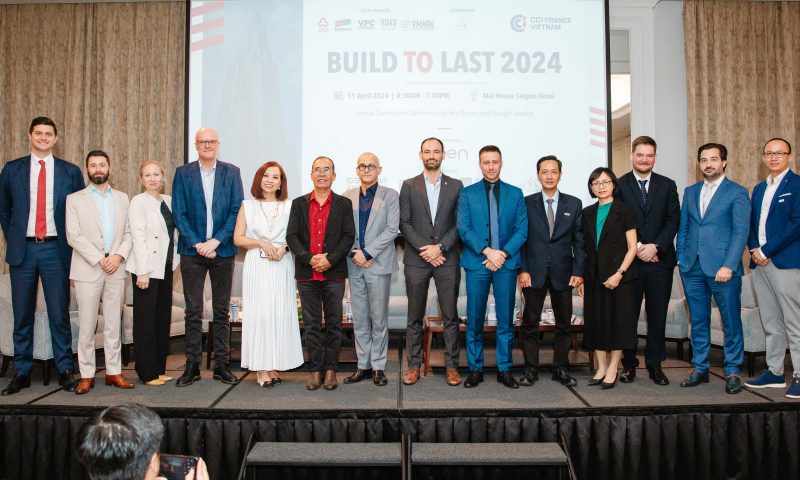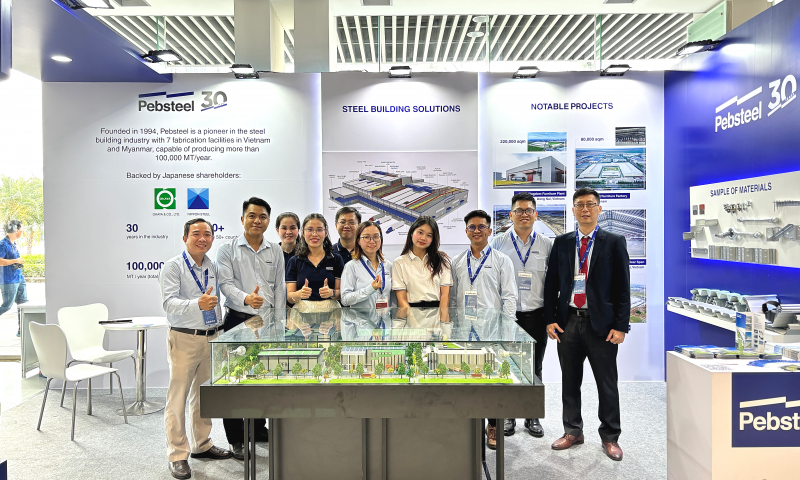Steel structures are increasingly favored in construction, ranging from projects like houses, factories, and warehouses to larger and more complex ones such as stadiums and arenas. Among these, the plate girder is one of the fundamental components and plays a crucial role in the construction process. Let’s explore the structure, classification, and usage of the plate girder in steel structures with Pebsteel.
See more: Erection of Steel Structures
1. What are plate girders in steel structure?
In steel structures, plate girders are integrated beams designed to support heavy vertical loads over long spans, with bending moments greater than what rolled sections can withstand. Among them, the most common type of plate girder is a composite plate girder, formed from shapes and plates. The web of the plate girder consists of two flange plates welded onto the web plate to form an I-shaped section.
The web is made to resist shear forces, while the upper and lower flanges are constructed to withstand compressive and tensile forces along the axis brought on by bending moments. In fact, some practical design codes also employ this structural action as a basis for designing structures in construction. Plate girders are the most widely used type of girder in modern bridge architecture, where the main spans can exceed 200 meters in length, with a corresponding horizontal cross-section depth projecting out on the supports, typically between 5 – 10 meters.
In plate girders, the required flange area for a given moment can be decreased by extending the distance between flanges in order to reduce design and fabrication costs. Additionally, to reduce the weight of the girder, the web needs to be made thinner as the depth increases. However, this can lead to web buckling issues more than in rolled sections.
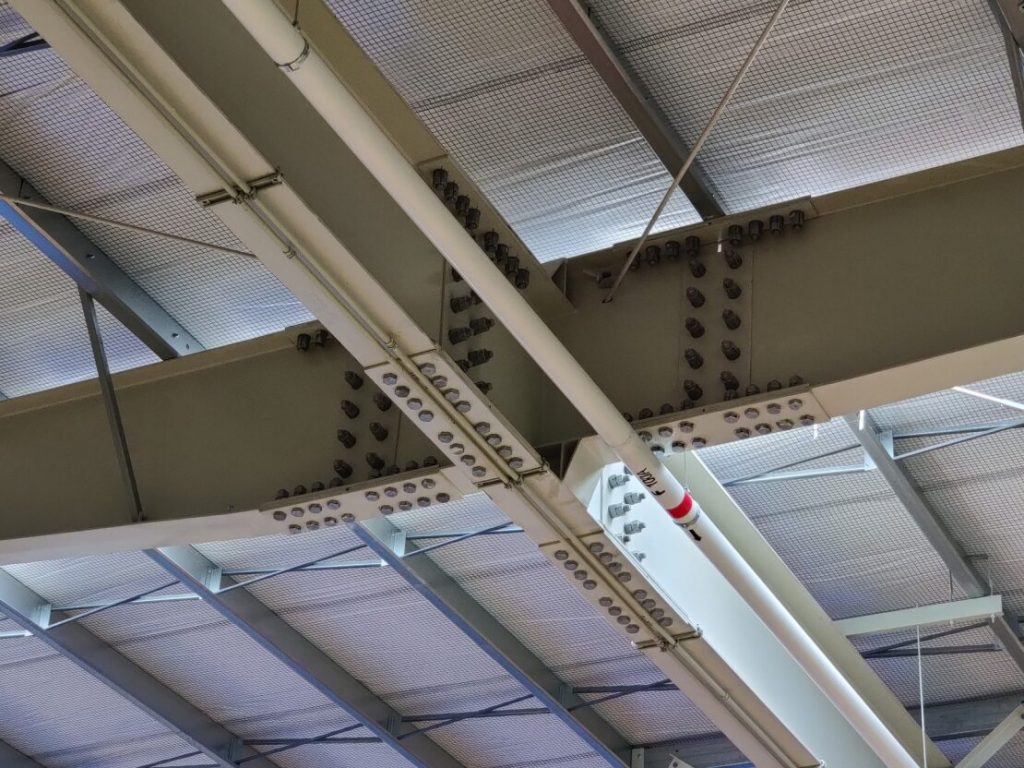
2. Structure of plate girders
The structure of a plate girder comprises the following components:
- Web: The deep central vertical plate is referred to as a web in a steel plate girder. It offers the required separation between the two flange plates. The web’s occupation is to withstand any shear that develops in the plate girder.
- Flanges: These are the horizontal components of the girder, positioned above and below, separated by the web. The primary function of the flanges is to resist the bending moments acting on the girder. The upper flange bears the bending moment from compressive forces, while the lower flange bears tensile forces. They need to have the necessary width and thickness to ensure the ability to withstand bending moments.
- Stiffeners: In plate girders, stiffeners are used to strengthen the structure and prevent localized buckling failures. Additionally, until the loads are distributed throughout the beam, they are used to support the loads applied to the beam. There are two types of stiffeners: vertical stiffeners and horizontal stiffeners.
- Splices for Flange and Web: A splice connection is required when the length of the girder is smaller than the span. This is the point where bending moments and shear forces are transferred to the girder.
- End lap joints: This is the most challenging aspect when designing a plate girder structure. For continuous structures, the connecting details need to be appropriately installed. However, in most cases, the plate girder is only supported at the end bearing. In such cases, stiffener plates effectively assist the connections.
3. Classifications of plate girders in steel structures
3.1. Riveted Plate Girders
In riveted plate girders, the girders are joined using mechanical methods, rivets, and plates that are not welded together. Generally, the web of the girder bears 90% of the shear force acting on the riveted steel girders. The angled section is fixed to the flange to stabilize the connection between the web and the flange. Additionally, the rivets must be designed to withstand horizontal shear forces. Especially, the rivets connecting the angled section of the web to the flange must be designed to withstand both horizontal shear forces and vertical loads acting on the flange when they transmit into the web.
See more: Bolt Connections In Steel Structure
3.2. Welded Plate Girders
Welded plate girders are the most widely used type in construction due to their ease of fabrication and high efficiency. This type of girder is primarily used in bridge construction, particularly in railway bridge structures. Steel girder bridges are very rigid and can withstand extremely high loads while resisting lateral movements. Welded plate girders are also used to create box girders. Today, engineers can determine the overall height, flange width, and web thickness of welded plate girders through experimental methods or estimation.
Read more: What Is Structural Steel Welding? Definition And Methods
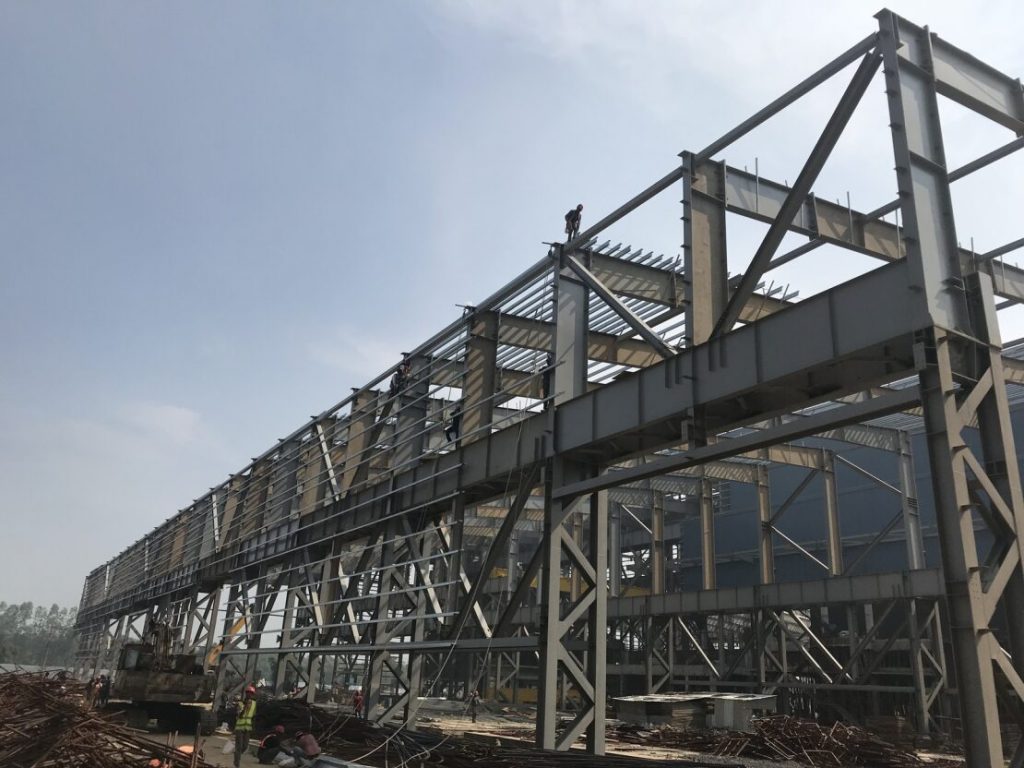
4. Design of Plate Girders
When designing plate girders, the following assumptions will be applied:
- Shear force is entirely carried by the web, and shear stress is uniform at all depths of the girder.
- The stress intensity on the inner flange corners of the girder and the flange plate is the same. Conversely, the stress intensity in the web varies, reaching a maximum value near the upper edge, equalizing with the intensity at the flange plates or corners, and being zero at the neutral axis.
4.1. Minimum Thickness
| No. | Condition | Minimum thickness |
| 1 | Weather-exposed but painting-accessible | 6mm |
| 2 | Exposed to weather and is unreachable for cleaning and repainting | 8mm |
| 3 | Heavy bridges | 6mm |
The maximum and minimum dimensions of a web panel, where t is the thickness of the web plate, should be kept at 270t and 180t, respectively.
4.2. Self-Weight
Self-weight standards for girders typically follow:
- For riveted plate girder = W/300 per meter run
- For welded plate girder = W/400 per meter run
Where W is the total imposed load with factors.
4.3. Economical Depth
Plate girder’s cost-effective depth = 1,1𝑀𝑓𝑡
Depth over angles for riveted plate girders = 5,53𝑀𝑓
Overall depth for welded plate girders = 53𝑀𝑓
Where:
- M = Bending moment in N-mm
- f = Permissible stress in Mpa
- t = Plate thickness in mm
5. Applications of Plate Girders
Plate girders are widely used as structural supports in various applications. They are primarily employed in bridge construction, commonly used in railway and road bridges. Older railway bridges are often identified as plate girder bridges. Additionally, box girder bridges, truss bridges, military composite bridges, and half-through plate girder bridges are also common applications of plate girders.
In addition to the construction of bridges, plate girders are used to construct a number of other structures:
- Cranes
- Lifting structures
- Oil and gas platforms
- Load testing
- Ships
- Gantry beams
Customers should work with reputable and highly skilled organizations when using plate girder structures in construction to ensure the project’s quality when put to use. Pebsteel is a global enterprise specializing in providing high-quality pre-engineered steel building and steel structure solutions. With a team of skilled engineers and a customer-centric approach, Pebsteel is committed to delivering comprehensive, professional services and providing dedicated support to our customers.
See more: Advantages Of Steel Structure
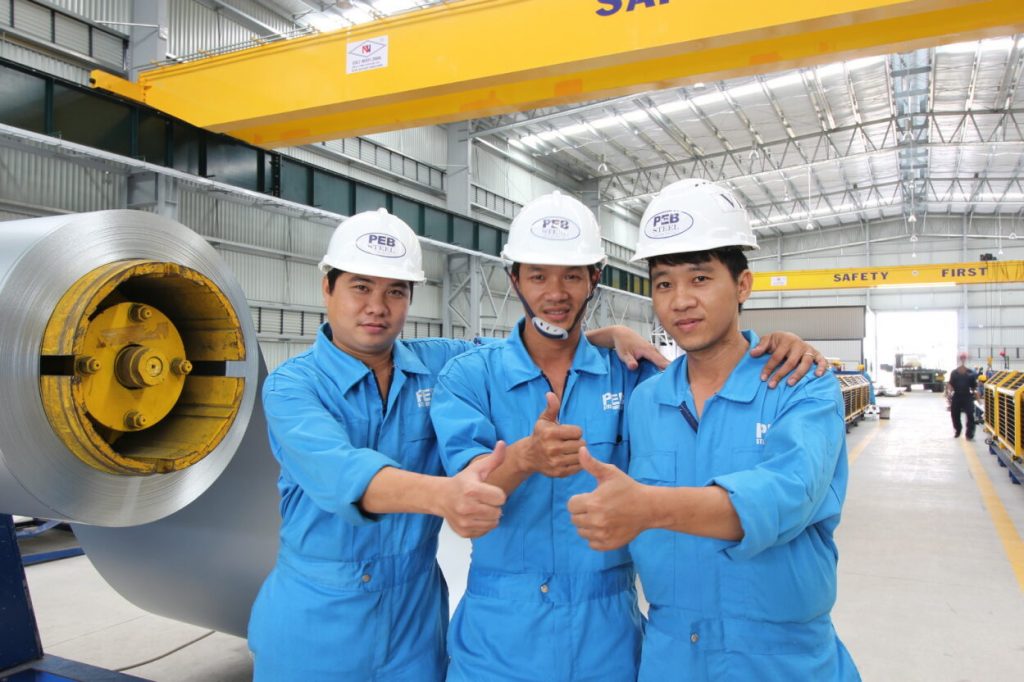
6. Conclusion
Above is information about the structure, classifications, and applications of the plate girder in steel structures. If customers are seeking comprehensive solutions for Pre-engineered steel buildings and steel structures, please contact Pebsteel via email at Marketing@pebsteel.com.vn or by phone at +84 908 883531 for an immediate consultation.





